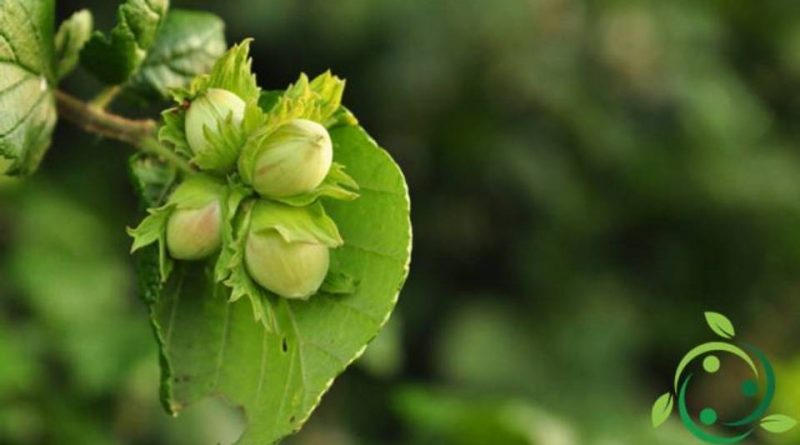How the Hazelnut is propagated
How the Hazelnut is propagated
The hazelnut (Corylus avellana L., 1753) is a fruit tree of the Betulaceae family that grows in a natural European-Caucasian geographical range that goes from the Iberian Peninsula and England to the Volga, and from Sweden to Sicily. The altitudinal distribution is from hilly to medium-mountain.
This plant avoids the hottest and most arid Mediterranean areas and prefers calcareous, well-drained, fertile and deep soils and semi-shaded places.
The multiplication of the core can be operated with different methods which in summary are:
– Reproduction by rooted sucker;
– Reproduction by offshoot;
– Reproduction by cuttings.
Reproduction by rooted sucker –
In this type of reproduction a sucker is removed, taking care to be sure to also remove a portion of its roots, directly from the mother plant. It is then transplanted into a pot and left in the nursery for about 2 years. This should be done in late summer or early spring.
Reproduction by offshoot –
This technique is possible by bending the new one-year branches, bending them under the ground to finally bring out only the apical part. To operate with this technique it is necessary to dig a small ditch to be filled with loose soil; to this point you anchor a hook or other support so that this offshoot does not move from the unnatural position you have imposed on it. The operation must be performed in, in the period of bud opening so that the branches are crossed by the sap and therefore more flexible. Subsequently, in the autumn period, separate the sucker from the mother plant, reducing the epigeal part by about 50%. At this point it can be transplanted into the nursery.
Reproduction by cuttings –
This technique differs, depending on the season, in the production of herbaceous, woody and semi-woody cuttings.
The most used method is, however, the semi-woody cutting to be taken in the summer. To do this, take a 1-2 year old twig, about 12 cm long, which has 3-4 leaves; make a slope cut immediately under a bud and plant in a very light soil. Care must be taken that the temperature and humidity are always constant to favor rooting; moreover, before inserting the cutting into the soil, it can be immersed in a rooting powder that you can also prepare.
For the planting of young hazelnut plants, we recommend autumn or spring. And plants should preferably be 2-3 years old; prepare a deep hole enriched with organic matter and slow release fertilizers. It is advisable to protect the collar with special nets if necessary. Also you can use a vegetable mulch to avoid competition with weeds, in this way you will not have to use expensive and polluting chemical herbicides and you will still keep the base of the plant clean.
As for the reference cultivars in Italy for use and characteristics are:
– Tonda Gentile delle Langhe, from Piedmont, in great demand by the confectionery industry, is set with difficulty outside its typical area of cultivation and origin;
– Tonda di Giffoni, originally from the province of Salerno, is cultivated in various areas of Campania and Lazio, being a cultivar that has a very good acclimatization even in areas other than the typical cultivation area, which is in great demand by the confectionery industry;
– Tonda Gentile Romana, from the province of Viterbo;
– Mortarella and S. Giovanni, bells with elongated fruit;
– Camponica, large-fruited bell, excellent for table consumption;
– Nostrale or Siciliana, is the most widespread variety in Sicily and is excellent for roasting because it enhances its intense aroma.

